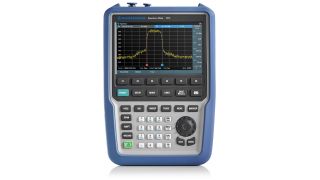Mobile network verification and acceptance
Ensuring seamless mobile network installations
As mobile network operators invest heavily in expanding capacity and adopting new technologies, the complexity of installations grows, especially with multiple technologies from various suppliers at a single site. Modifications and extensions of existing sites further add to this complexity, particularly when transitioning to 5G network deployments.
The critical need for verification and acceptance
Before launching new or modified mobile network installations, mobile network verification is crucial to ensure all components work flawlessly, with no errors in the installation process. Efficient mobile network acceptance processes are vital, requiring streamlined, secure, and straightforward reporting. This is especially true for 5G network verification and 5G network acceptance, where the increased sensitivity of 5G technology demands precise testing to avoid costly reworks.











